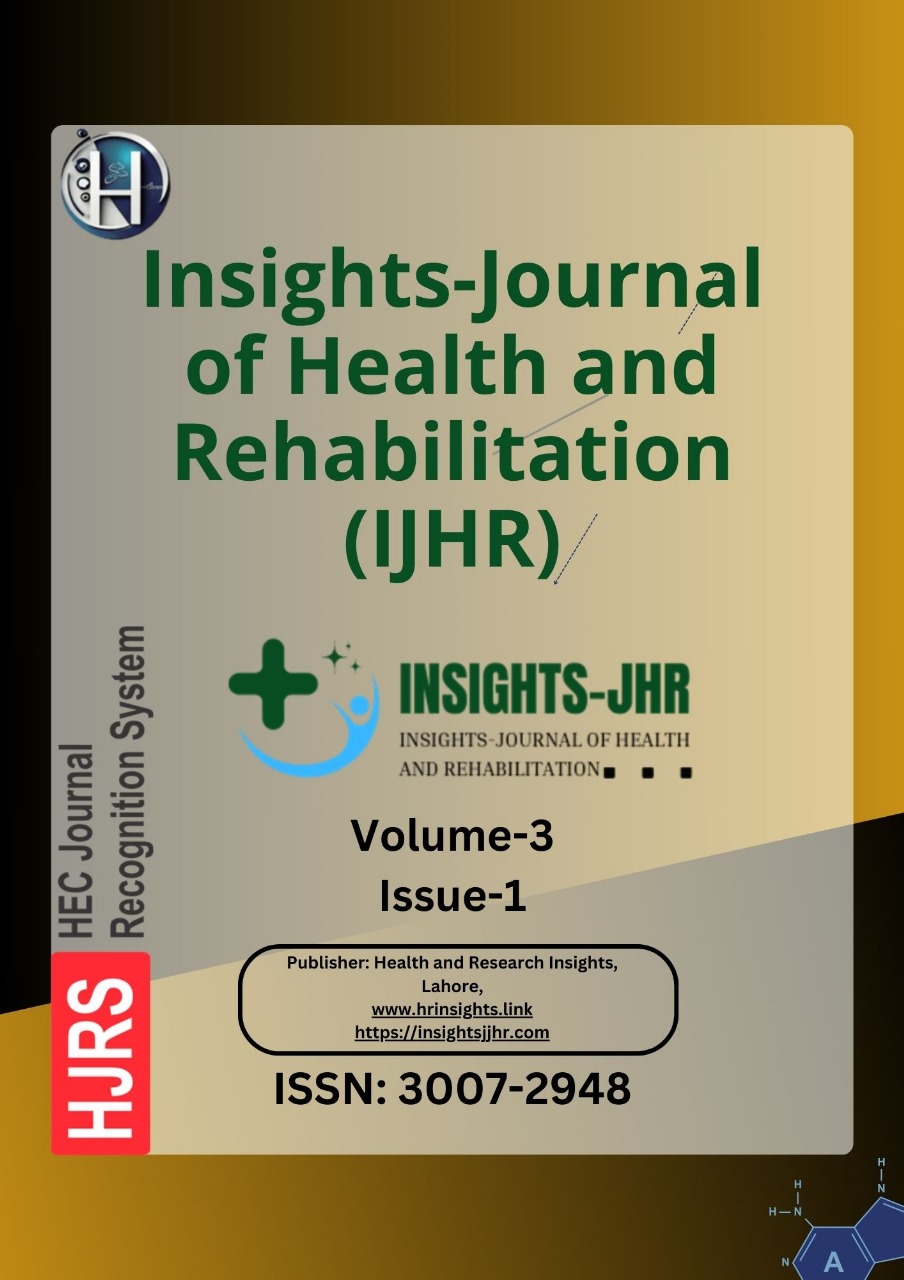ASSOCIATION OF MYOCARDIAL INFARCTION WITH RISK FACTORS IN KHAIRPUR CITY, PAKISTAN
DOI:
https://doi.org/10.71000/0etvwk48Keywords:
Acute Myocardial Infarction, Cardiovascular Diseases, Diabetes Mellitus, Hypertension, LDL-Cholesterol, Obesity, SmokingAbstract
Background: Acute myocardial infarction (AMI) is a leading cause of mortality from cardiovascular diseases, accounting for over 75% of such deaths globally, predominantly in developing countries.
Objective: This study aimed to investigate the primary risk factors for initial ST-segment elevation acute myocardial infarction in Khairpur City to inform targeted interventions.
Methods: A hospital-based case-control study was conducted, including 153 matched pairs based on age (within a 5-year range) and sex. Participants were evaluated for various potential risk factors, including lifestyle habits, biochemical profiles, and familial health history, to identify those significantly associated with AMI.
Results: Factors significantly associated with an increased risk of AMI included smoking (OR=3.75 for <5 cigarettes/day; OR=2.90 for >5 cigarettes/day), elevated plasma glucose (>126 mg/dL, OR=2.65), high waist-to-hip ratio (>0.94, OR=2.30), family history of coronary artery disease (OR=2.10), high LDL-cholesterol levels (100-120 mg/dL, OR=1.95; >120 mg/dL, OR=1.90), and hypertension (OR=2.00). Diabetes mellitus also significantly correlated with AMI risk (OR=1.60). Conversely, alcohol consumption displayed a protective effect, particularly at a frequency of 3–7 days per week (OR=0.65).
Conclusion: The common risk factors for AMI in Khairpur City, such as smoking, type 2 diabetes, and central obesity, align with global trends. Effective public health policies targeting these risk factors could substantially reduce the AMI burden.
Downloads
Published
Issue
Section
License
Copyright (c) 2025 Paras Soomro, Aqsa Irshad, Sameena Akhtar Khaskheli, Maria Sardar, Amjad Ali Mughal, Partab Rai (Author)

This work is licensed under a Creative Commons Attribution-NonCommercial-NoDerivatives 4.0 International License.







